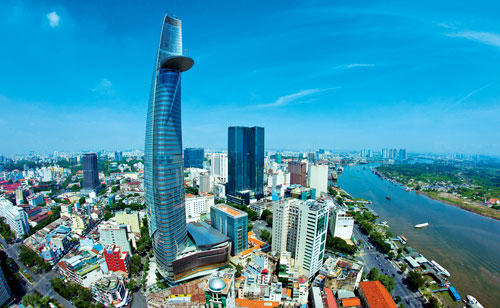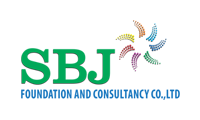Situation of Vietnam

Vietnam’s development record over the past 30 years is remarkable. Economic and political reforms under Đổi Mới, launched in 1986, have spurred rapid economic growth and development and transformed Vietnam from one of the world’s poorest nations to a lower middle-income country.
Vietnam has enjoyed strong economic growth. Since 1990, Vietnam’s GDP per capita growth has been among the fastest in the world, averaging 6.4 percent a year in the 2000s. Despite uncertainties in the global environment, Vietnam’s economy remains resilient. The country’s medium-term outlook remains favorable, with GDP expanding by 6 percent in 2016, while the country’s fundamental drivers of growth – resilient domestic demand and export oriented manufacturing – remain in force.
Growth has been equitable—with a dramatic reduction in poverty—and social outcomes have improved significantly. In 1993, over half of the population lived on less than $1.90-a-day. Today, the rate of such extreme poverty has fallen to 3 percent. The proportion of the population living below the national poverty line (GSO-WB Poverty line) reached 13.5 percent in 2014—down from close to 60 percent in 1993. More than 40 million people escaped poverty over the course of two decades.
Vietnam has made significant advances in the provision of basic services. The Vietnamese population today is more educated and healthier than twenty years ago—and these advances are enjoyed across society. Learning outcomes are high, including in primary school. Infant and under-five mortality rates have been significantly reduced in the last twenty years, down to 19 and 24 mortalities per thousand births in 2012, respectively. Stunting also significantly decreased, from 61 percent in 1993 to 23 percent in 2012. Life expectancy at birth is now 76 years, an improvement from 71 years in 1993.
Access to basic infrastructure has also improved substantially. Significant progress were charted from 1993 to 2012. For example, at least 99 percent of the population now use electricity as their main source of lighting compared to 14 percent more than twenty years ago. More than 67 percent of the rural population now enjoy access to sanitation facilities, and more than 61 percent have access to clean water, compared to only 36 percent and 17 percent, respectively, two decades earlier.
Yet development challenges and limitations remain for Vietnam. Poverty gains are fragile and a significant portion of the population, particularly in rural areas and among ethnic minorities, is vulnerable to falling back into poverty.
The contribution of productivity growth – the main driver of GDP expansion in the 1990s – has declined over the last ten years. As the growth of the labor force slows, the growth of labor productivity will not likely deliver the growth rates Vietnam aspires to achieve.
At the same time, while broad macroeconomic stability remains, some vulnerabilities, including fiscal imbalances and unresolved asset quality problems in the banking sector, require attention. A stronger domestic private sector can also serve as an engine for growth, as would accelerated reforms in the SOE sector.
Urbanization can fuel higher growth, but achieving urban agglomeration requires an update of the current urbanization model. Significant investments over recent decades have made headway, but more productive infrastructure, particularly in energy, transport, water, sanitation, and telecommunication, are needed. Continued modernization of the agriculture sector is also key, as agriculture will remain an important driver for growth and poverty reduction in Vietnam for years to come.
The Government of Vietnam continues to show commitment to reforms. Vietnam’s 2011 – 2020 Socio-Economic Development Strategy (SEDS) – a 10 year strategy – highlights the need for structural reforms, environmental sustainability, social equity and emerging issues of macroeconomic stability. It defines three "breakthrough areas": (i) promoting skills development, particularly for modern industry and innovation; (ii) improving market institutions, and (iii) further infrastructure development. The Socio-Economic Development Plan (SEDP) for 2016-2020, approved in April 2016, acknowledges the slow progress on certain policy priorities and emphasizes the need to accelerate reforms.
Last Updated: Apr 13, 2017


